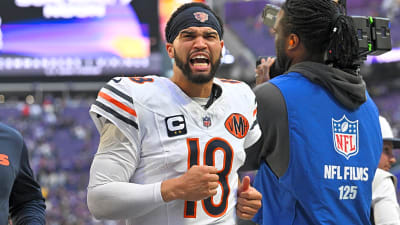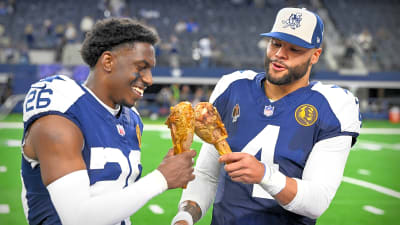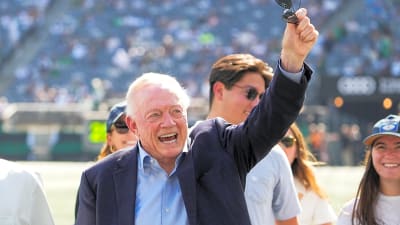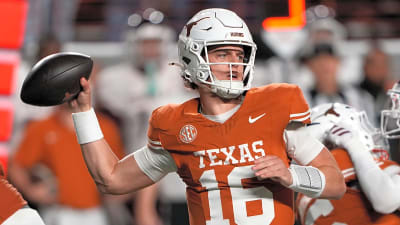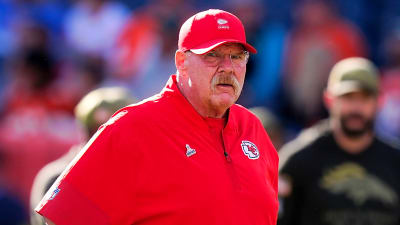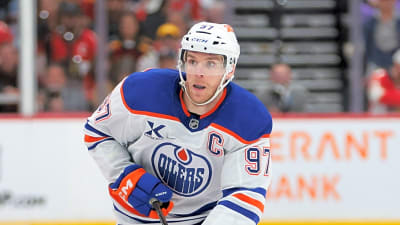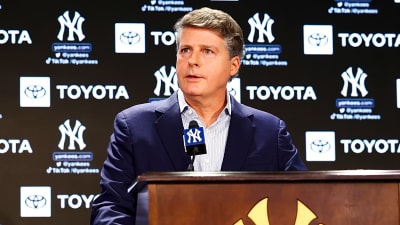- Home
- Quizzes
- My Quiz Activity
- Newsletters
- MY FAVORITES
- Add Sports/Teams
- SPORTS
-
NFL
- NFL Home
- Arizona Cardinals
- Atlanta Falcons
- Baltimore Ravens
- Buffalo Bills
- Carolina Panthers
- Chicago Bears
- Cincinnati Bengals
- Cleveland Browns
- Dallas Cowboys
- Denver Broncos
- Detroit Lions
- Green Bay Packers
- Houston Texans
- Indianapolis Colts
- Jacksonville Jaguars
- Kansas City Chiefs
- Las Vegas Raiders
- Los Angeles Chargers
- Los Angeles Rams
- Miami Dolphins
- Minnesota Vikings
- New England Patriots
- New Orleans Saints
- New York Jets
- New York Giants
- Philadelphia Eagles
- Pittsburgh Steelers
- San Francisco 49ers
- Seattle Seahawks
- Tampa Bay Buccaneers
- Tennessee Titans
- Washington Commanders
-
MLB
- MLB Home
- Athletics
- Arizona Diamondbacks
- Atlanta Braves
- Baltimore Orioles
- Boston Red Sox
- Chicago White Sox
- Chicago Cubs
- Cincinnati Reds
- Cleveland Guardians
- Colorado Rockies
- Detroit Tigers
- Houston Astros
- Kansas City Royals
- Los Angeles Angels
- Los Angeles Dodgers
- Miami Marlins
- Milwaukee Brewers
- Minnesota Twins
- New York Yankees
- New York Mets
- Philadelphia Phillies
- Pittsburgh Pirates
- San Diego Padres
- San Francisco Giants
- Seattle Mariners
- St. Louis Cardinals
- Tampa Bay Rays
- Texas Rangers
- Toronto Blue Jays
- Washington Nationals
-
NBA
- NBA Home
- Atlanta Hawks
- Boston Celtics
- Brooklyn Nets
- Charlotte Hornets
- Chicago Bulls
- Cleveland Cavaliers
- Dallas Mavericks
- Denver Nuggets
- Detroit Pistons
- Golden State Warriors
- Houston Rockets
- Indiana Pacers
- Los Angeles Clippers
- Los Angeles Lakers
- Memphis Grizzlies
- Miami Heat
- Milwaukee Bucks
- Minnesota Timberwolves
- New Orleans Pelicans
- New York Knicks
- Oklahoma City Thunder
- Orlando Magic
- Philadelphia 76ers
- Phoenix Suns
- Portland Trail Blazers
- Sacramento Kings
- San Antonio Spurs
- Toronto Raptors
- Utah Jazz
- Washington Wizards
-
NHL
- NHL Home
- Anaheim Ducks
- Boston Bruins
- Buffalo Sabres
- Calgary Flames
- Carolina Hurricanes
- Chicago Blackhawks
- Colorado Avalanche
- Columbus Blue Jackets
- Dallas Stars
- Detroit Red Wings
- Edmonton Oilers
- Florida Panthers
- Los Angeles Kings
- Minnesota Wild
- Montreal Canadiens
- Nashville Predators
- New Jersey Devils
- New York Islanders
- New York Rangers
- Ottawa Senators
- Philadelphia Flyers
- Pittsburgh Penguins
- San Jose Sharks
- Seattle Kraken
- St. Louis Blues
- Tampa Bay Lightning
- Toronto Maple Leafs
- Utah Mammoth
- Vancouver Canucks
- Vegas Golden Knights
- Washington Capitals
- Winnipeg Jets
- NCAAF
- NCAAM
- Olympics
- Boxing
- Entertainment
- Lifestyle
- Golf
- MMA
- Soccer
- Tennis
- Wrestling
- Sports Betting
- More Sports
- RESOURCES
- My Account
- YB on Facebook
- YB on Twitter
- YB on Flipboard
- Contact Us
- Privacy Policy
- Terms of Service
Bucks' Giannis Antetokounmpo surpasses career milestone vs. Nets
Giannis Antetokounmpo already has a legacy that makes him one of the greatest players in NBA history. On Saturday, he further cemented his legendary status by reaching a major career milestone at a historic pace.

Miles Bridges, Colin Sexton help Hornets snap Raptors' winning streak
Heading into Saturday night, the Toronto Raptors had the NBA's second-longest winning streak at nine games.

Hawks provide injury update on Trae Young amid recent success
Young injured his knee in a collision with teammate Mouhamed Gueye in the first quarter of an Oct. 29 game at Brooklyn.

Cooper Flagg speaks out after his first game against LeBron James
The Dallas Mavericks’ No. 1 overall pick Cooper Flagg has often been compared to LeBron James.
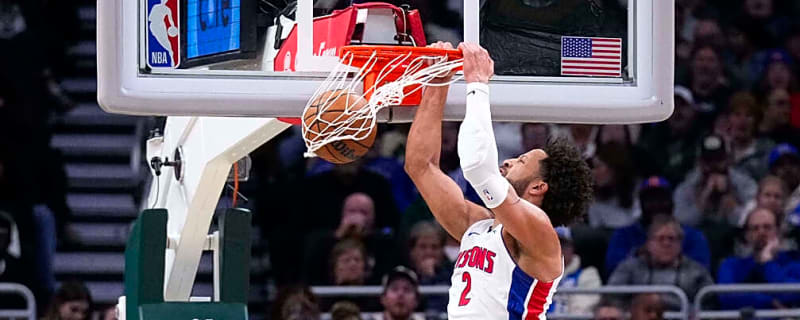
The 'Last 40-point game by NBA franchise' quiz
How many of the players to score at least 40 points in a game for each NBA team can you name in five minutes?

Nikola Jokic receiving the highest praise amid unbelievable start to season
Jokic has long been considered one of the best players in the NBA, if not the best.
Who is the most-iconic player for every NBA franchise?
Who is the best player in the history of every NBA franchise? That’s a tough question. Who is the most iconic player in the history of every NBA franchise?
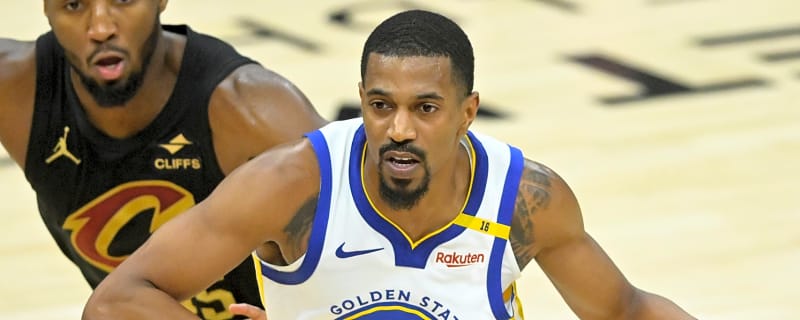
Desperate Warriors need these two players to debut soon
The Golden State Warriors are 10-10, just lost Steph Curry and desperately need veteran reinforcements.
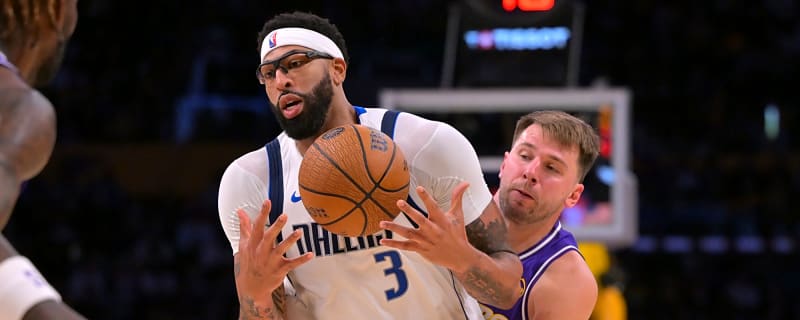
Luka Doncic dominates Mavericks, spoils Anthony Davis' revenge game as Lakers storm into NBA Cup knockout round
Doncic improved to 3-0 against Dallas after his surprising trade from the Mavericks in February.
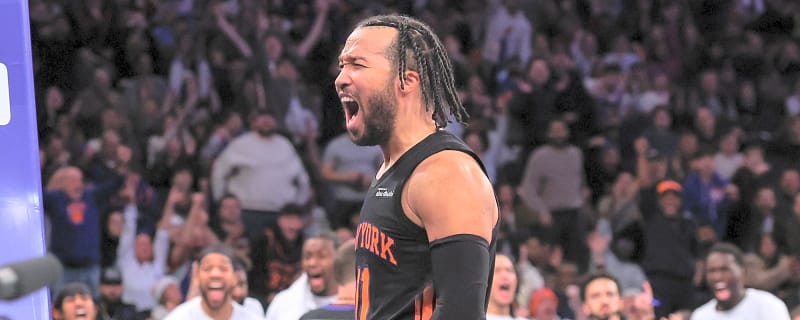
Jalen Brunson, Knicks eliminate Bucks, advance in NBA Cup
Jalen Brunson scored a game-high 37 points on Friday, helping the New York Knicks earn a 118-109 victory over the visiting Milwaukee Bucks and advance to the NBA Cup knockout stage.

76ers' Andre Drummond leaves court in wheelchair after suffering knee injury
Drummond opened the season playing a modest role for Philadelphia but had started each of the past eight games heading into Friday.

Why Kings GM 'desperately' seeking Zach LaVine trade
The Kings look like a team ready for a reset, and Zach LaVine appears to be at the center of it.

Lakers ditching 'slippery' NBA Cup court for Anthony Davis' return
The Lakers will play their final NBA Cup game against the Mavericks on Friday, but they won't be on their special NBA Cup court.
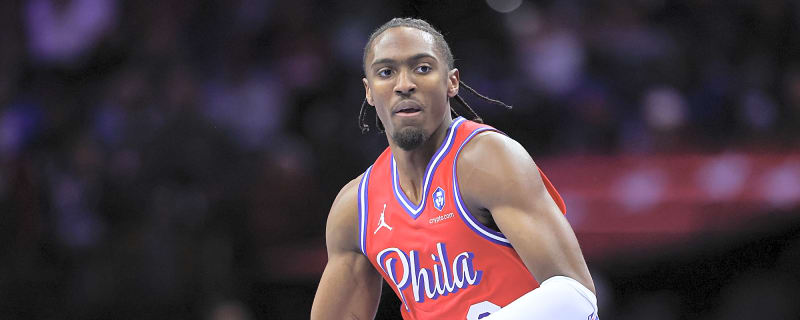
Overtaxed Tyrese Maxey spends off day at National Dog Show
Maxey is well on his way to becoming a Philadelphia icon. He took it a step further by handling dogs at the National Dog Show just outside Philly in Oaks, Pa., broadcast on Thanksgiving Day.

Steve Kerr provides concerning Steph Curry injury update
To say that Wednesday night was a tough one for the Golden State Warriors would be a huge understatement.

LeBron James puts Lakers on notice with comments about defense
James sent a clear message to his younger teammates.

Mavericks have strong trade stance on Kyrie Irving for good reason
The Mavericks are off to a 5-14 start this season and have an uphill battle ahead of them to get back into the postseason picture in the Western Conference.
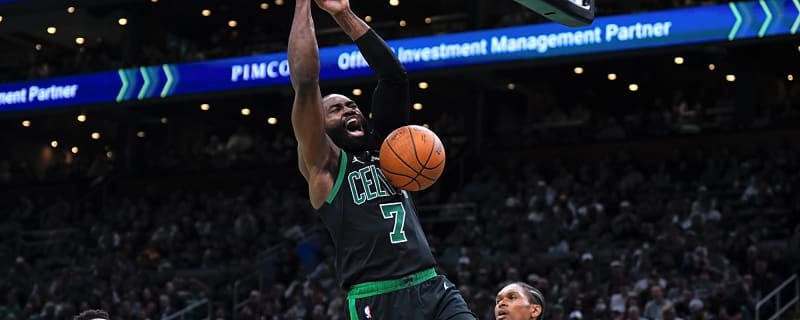
Pistons disappointed Celtics spoiled their historic run: 'We all wanted it'
Jaylen Brown, Derrick White and the Boston Celtics finally stopped Detroit's run, handing the Pistons a 117-114 loss.

Jalen Williams to make season debut, will make Thunder even scarier
Thunder star Jalen Williams will make his 2025-26 season debut on Friday against Phoenix, sources tell Shams Charania of ESPN. Williams underwent surgery at the start of July to repair a torn scapholunate ligament in his right wrist that bothered him throughout the 2025 postseason..

Jimmy Butler's latest comments spell crisis for Warriors
This isn't the first time that Butler has had some harsh comments about the state of the team this season.
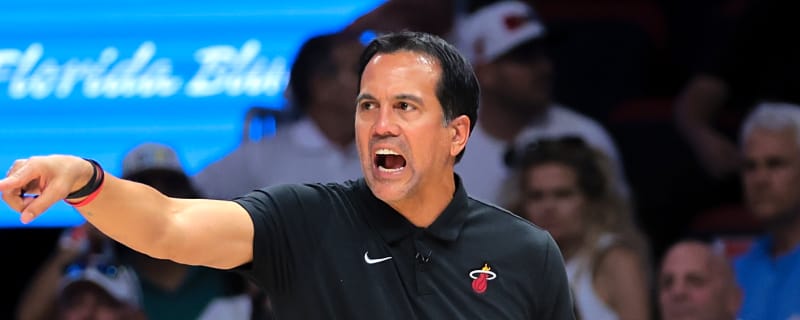
Erik Spoelstra reaches major milestone with Heat win
The Miami Heat's 106-103 win over the Milwaukee Bucks was far more than just any normal victory.
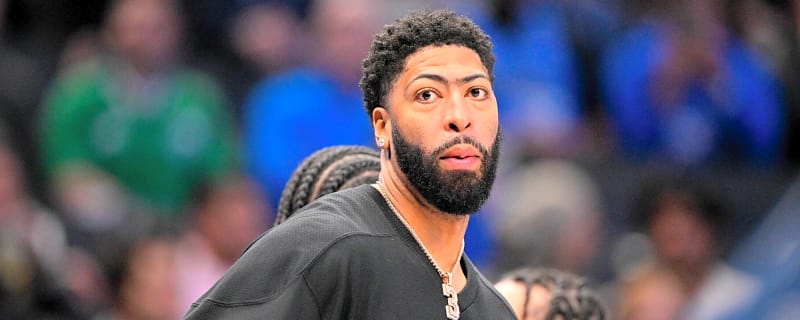
Mavericks' Anthony Davis reacts to trade rumors while eyeing return against Lakers
Trade rumors continue to swirl around Dallas Mavericks forward Anthony Davis.
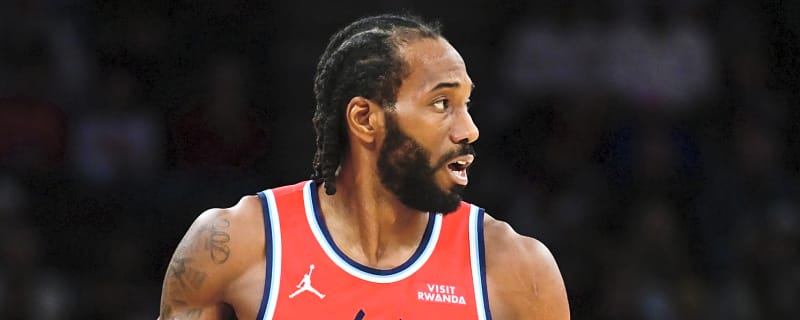
Tyronn Lue seemingly blames Kawhi Leonard for Clippers' struggles
Leonard is still one of the best two-way players in the world when healthy, but he has a long history of injuries.
Bucks assistant Darvin Ham's amazing NBA Cup streak finally ends
The generational run is finally over for Milwaukee Bucks assistant coach Darvin Ham.
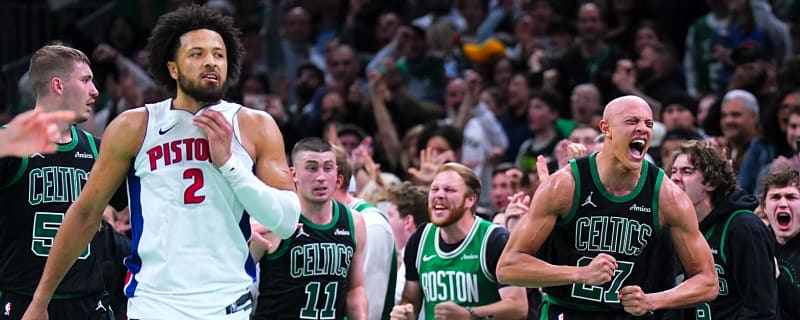
Celtics outshoot Pistons to end 13-game winning streak in stunning upset
Getting more outside shooting, either from within or through a midseason trade, could elevate the Pistons from a team having a hot start to a team with a chance at a title.

Brandon Ingram's game-winner extends Raptors' win streak to nine
Each and every NBA season is full of surprise teams and breakout players. Among those through the first month of this season is undoubtedly the Toronto Raptors.

Nico Harrison's issues with team training staff still haunting Mavericks
As the Mavericks faces another injury setback with young center Dereck Lively II, it's fair to ask if Harrison's firing of team trainers helped lead to the team's massive injury issues.
Breaking News
Trending News
My Favorites
Customize Your Newsletter
 +
+
Get the latest news and rumors, customized to your favorite sports and teams. Emailed daily. Always free!
PRIVACY POLICY EDITORIAL POLICY CONTACT US
ABOUT YARDBARKER TERMS OF SERVICE
Use of this website (including any and all parts and
components) constitutes your acceptance of these
Terms of Service and Privacy Policy.
This site is for entertainment purposes only.
There is no gambling offered on this site.
Gambling Problem? Call 1-800-Gambler.

 Free Newsletters
Free Newsletters